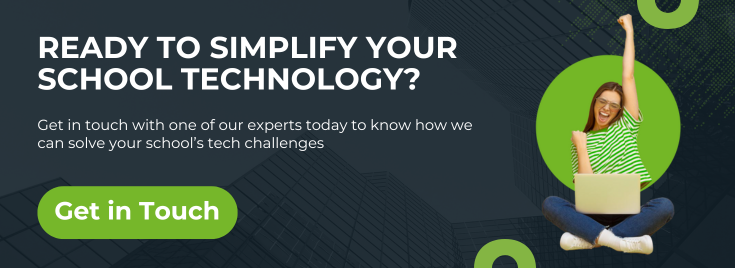
Tech Equity in Schools: How 1:2:1 Programmes Enhance Digital Inclusion
Laptops, tablets and other digital devices in schools can have a profound effect on learning both in and out of the classroom. A growing body of evidence suggests that access to digital devices, when used properly and appropriately, can substantially improve learning outcomes. However, if access to digital devices is not universal, schools cannot achieve improved learning outcomes to be universal either.
This is why 1:2:1 programmes are invaluable in terms of enhancing inclusion and breaking down the digital divide between students from different socioeconomic backgrounds.
Let's take a look at how 1:2:1 programmes facilitate digital inclusion in schools.
Personalised Learning Opportunities
All students learn in slightly different ways. When they are able to tailor their learning to their unique needs and preferences, it can result in a substantial increase in interest and engagement.
When students can access their own individual devices, they can engage in more personalised learning experiences that are tailored to their learning styles and carry out tasks at their own pace. They can also personalise the appearance and interface of their devices to be more accessible and comfortable.
This makes students more likely to understand and engage with the material they are studying and retain key information.
Development of Digital Literacy
Digital skills have been a core component of workplaces across multiple industries for decades now. Bespoke technologies accessed via digital devices will only become more ubiquitous in roles across the private and public sectors.
The regular use of 1:2:1 devices in schools encourages the development of essential digital skills that will aid younger students in further academic study and the world of work. This provides the whole cohort with a portfolio of skills that they will benefit from for the rest of their lives.
Equal Access to Technology
Technology in schools is a vitally important component of effective learning. Without a 1:2:1 programme, however, it can be much harder to ensure that all students benefit equally from a rich, interactive, technologically enhanced pedagogy.
When each student has continuous access to a personal device, it ensures that all students have equal access to technological learning resources. This approach helps bridge the digital divide, ensuring that all students have access to the same quality of education regardless of their background.
Extend Learning Beyond the Classroom
In order for young people to develop a lifelong enthusiasm for learning, they must understand its value beyond the boundaries of the school or within school opening times. Personal devices provide access to the educational materials students need to complete assignments in their own time, at their own pace and in the way that is most comfortable and accessible to them.
This provides all students access to continuous learning while also providing them with more ownership and autonomy over their learning process.
To find out more about the different 1:2:1 programmes and options that we offer, get in touch with our Easy4u team today!

Image source: Canva

